A common ancestor could be claimed by all of the major players in the Wars of the Roses.
Not just the men leading on the battlefield, but their wives waiting at home, could generally trace their lineage back to Edward III. It was his grandchildren who caused all of the trouble, and it would take several generations to bring those branches back together.
Securing the throne, and peace in Britain, led to a lot of interbreeding within the House of Plantagenet. It eventually worked, but then, it had created the conflict in the first place!



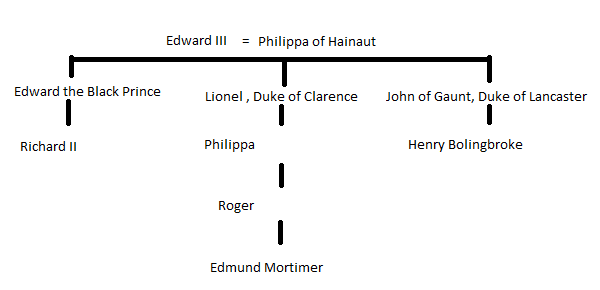




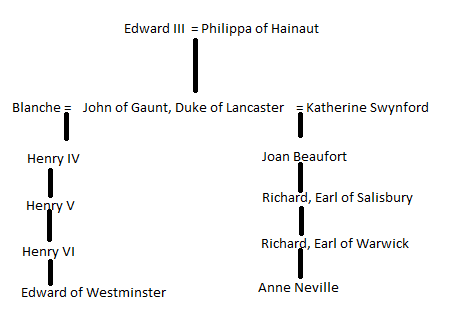
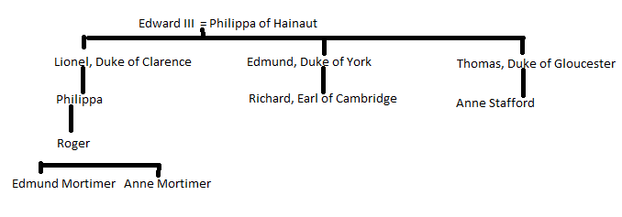

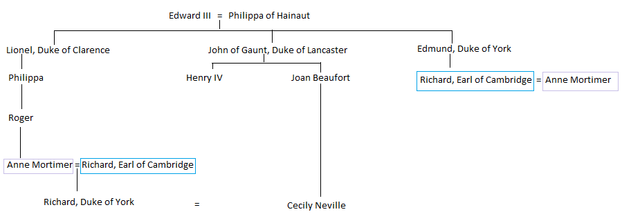



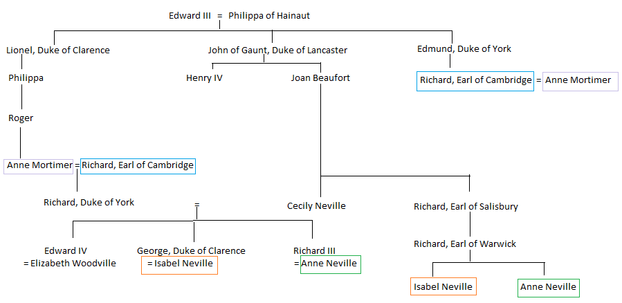

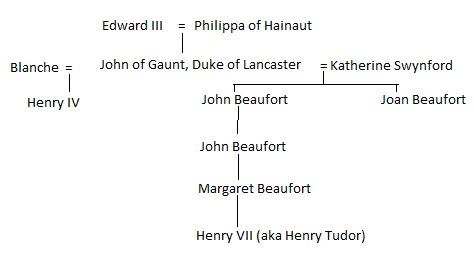
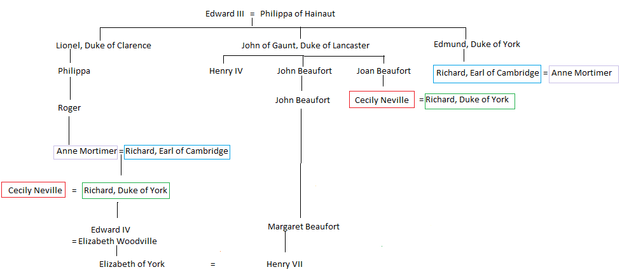









 St Tydecho's Churches in West Waleson 09/03/2014
St Tydecho's Churches in West Waleson 09/03/2014
 Goodies for an Outlander Premiere Partyon 03/06/2015
Goodies for an Outlander Premiere Partyon 03/06/2015
 Holocaust Memorial Day Interview with Rainer Höss, Grandson of Rudolf Architect of Auschwitzon 01/24/2015
Holocaust Memorial Day Interview with Rainer Höss, Grandson of Rudolf Architect of Auschwitzon 01/24/2015
 Romantic Valentine Gifts for an Outlander Fanon 01/16/2015
Romantic Valentine Gifts for an Outlander Fanon 01/16/2015

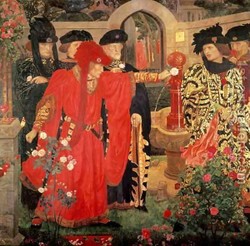
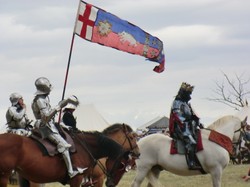
Comments
I'm glad that this will prove useful to you. :) All this interconnectedness, plus the fact that the Tudor basically killed off any rivals, is why the English royal family effectively died out with Elizabeth I. Fortunately there was a Scottish king with Tudor blood...
Excellent breakdown of the connections.I could spend hoursgoing through them all. whenever I find a name in the later Tudor years I have to go back to see where the connection comes from.
That initial series of BlackAdder was brilliant! I can't visit Bosworth field without saying, 'Oh no! Richard III!'
I love your theory on 'this year's king'! LOL
This looks pretty complicated for a mere mortal. No wonder so many kings were simply called Edward. It really makes easier to find an answer on: "Hey, who is this year's king?"
I believe the initial series of Blackadder (with Richard IV who wasn't really king, but came from house of York) and Prince Edmund started on this background.
I had to take advice on this one! It's a Candy-Striped Rose: http://www.ars.org/wp-content/uploads...
I have no idea where to get one!
The history is great, but can you tell me the name of the rose with which you illustrate your article, and even better, where to obtain one?
It's not beyond the realms of possibility for that to happen, but the Plantagenets were quite good at keeping their own given names. Now that could have been REALLY confusing!
Yes! They were a bit like that, particularly when they keep repeating first names too!
Oh my, what a bunch! Now I remember why I was hopeless at history as a child - all those kings and relatives with the same name, marrying people with the same name (or the same person!).
Yes, it's pretty bad, isn't it? LOL You're welcome.